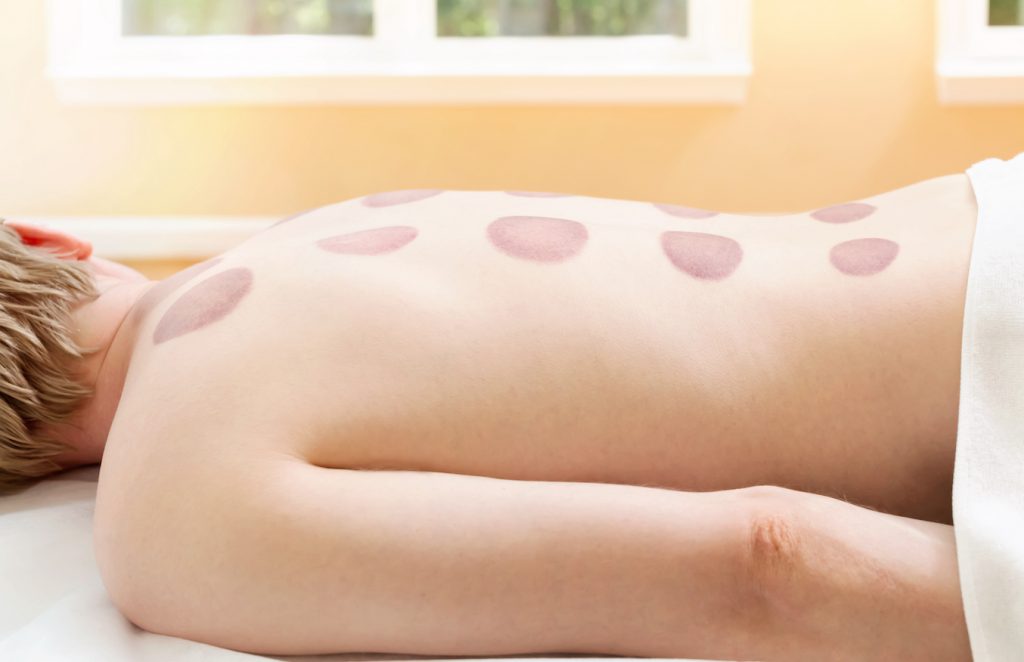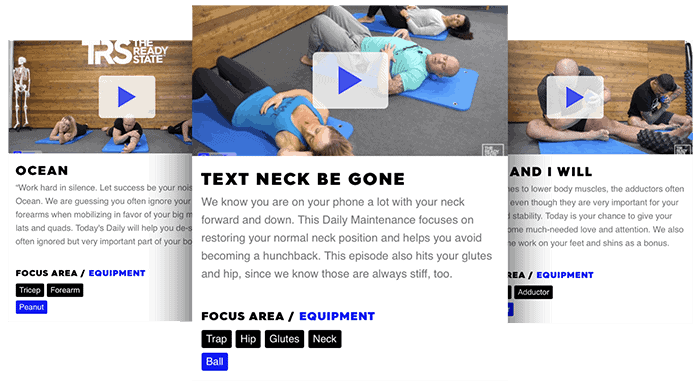Does Cupping Work? Yes (And Here’s How To Get The Most Out Of It)
Alright, everyone, it’s that time again. With the Olympics in full swing, we also get a full dose of seemingly hickey-covered athletes wandering across our screens looking like pepperoni pizzas, as well as the hot debate about whether the cause of these marks actually does anything. If you don’t know what I’m talking about, cupping is a therapeutic practice that became famous a few years ago when Michael Phelps showed up with giant pepperoni-colored circles all over his body. These “cupperonis” are caused by a suction device that is applied to the skin. This practice is known as “cupping” and has been around for literal millennia. The purpose is to provide relief to the tissues of the body as well as the nervous system. But, I’m sure many of you have wondered, does cupping work?
Since cupping made its recent resurgence, it has become a topic of controversy in medical and sports circles alike. Many argue that the practice has no benefit because there is no research supporting it, while others cite ancient wisdom or just the fact they feel better.
Here at The Ready State, we’re aware that a lack of evidence is not the same as evidence against something, and useful practices almost always appear in practice long before research comes around to support them. Thankfully, I was able to discuss cupping in detail with my friend and fellow physical therapist Dr. Christopher Daprato. Chris is an expert on the topic of cupping, as well as a former staff instructor at the University of California San Francisco.
To put it bluntly, Chris and I are both huge supporters of cupping, but we wanted to really get deep into the topic to show you how this works, why this works, and how you can really get the most out of this awesome practice.
What is Cupping? (And the History of Cupping)
Cupping is a therapeutic practice that many trace to the history of Chinese medicine, but actually predates that as far back as the ancient Greeks and Egyptians and was prominent in Arabic cultures. Cupping is a process by which a device is pressed against the skin, and air is removed from the device to create a vacuum. This pulls the tissues underneath the cup up towards the surface, sorta like a big hickey.
Historically, most of the cupping in the ancient world was something known as “wet cupping” whereby an incision was made in the skin before a vacuum device was used. This process pulled blood from the incision, similar to how you’d pull blood from a snakebite. Many ancient practices believed in health benefits from “bleeding,” and while wet cupping is still used, we’re interested in dry cupping.
As you might’ve guessed, dry cupping involves no incision and therefore no visible bleeding. Technically the hickey effect is a result of capillaries bursting from the effect of the cupping, but this is not harmful nor is it the rule. Genetic factors play a part in whether you’ll develop a “hickey” from cupping.
Most cupping has been done in static positions as a therapeutic tool for relaxation. A patient will lay down, and like a practice such as acupuncture, cups would be applied over their body to promote relaxation.
Where things have changed is the recent advent of combining cupping with movement. This allows for greater therapeutic benefit.
-KStar




















I’m actually glad to hear my mechanically inclined outlook on how cupping works was actually on the right track. Good to see some modern research on this coming out.